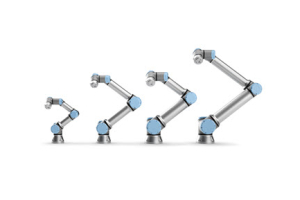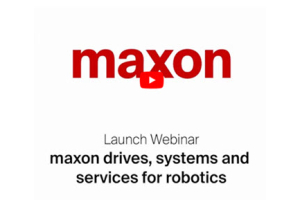Achieve precise positioning and high torque at slow speeds without investing in a servo motor, thanks to Galil's integrated high-power (8 Amps continuous), 2-phase drive for closed-loop step motor control. This innovative solution blends the economic advantages of step motors with the accuracy typically associated with servo motors, presenting a viable option for both mechanical and electrical engineers in a range of applications.
Traditionally, automation applications have utilized either step motors, known for open-loop operation, cost-effectiveness, and suitability for high torque, slow-speed applications with moderate positional accuracy, or servo motors, which offer precision control and smooth motion at both high and low speeds through incremental or absolute feedback systems. Servo motors usually require more sophisticated control systems incorporating features like PID filters, making them pricier and more complex to stabilize compared to step motors.
The inherent limitation of step motors has been their inability to provide the high positional accuracy and smooth operation demanded by certain applications, even with enhancements like half, quarter, and microstepping modes. However, by transforming a step motor into a closed-loop system—integrating a feedback device and controlling it in a manner similar to a servo motor—it is possible to greatly enhance its performance capabilities.
This configuration enables the step motor to function akin to a 2-phase brushless servo motor, significantly enhancing positional accuracy while retaining high torque at low speeds. Moreover, power efficiency is considerably improved, as current is only drawn when necessary, minimizing heat wastage. However, it should be noted that while this system vastly improves upon the traditional capabilities of a step motor, it may not reach the high speeds or smooth operation of a 3-phase brushless DC servo motor.
In conclusion, this closed-loop step motor solution offers a nuanced approach for engineers seeking a balance between cost-effectiveness and performance efficiency in their automation projects. It opens up new horizons for applications that demand the synergistic benefits of both step and servo motors, offering a promising avenue for innovative engineering solutions.





